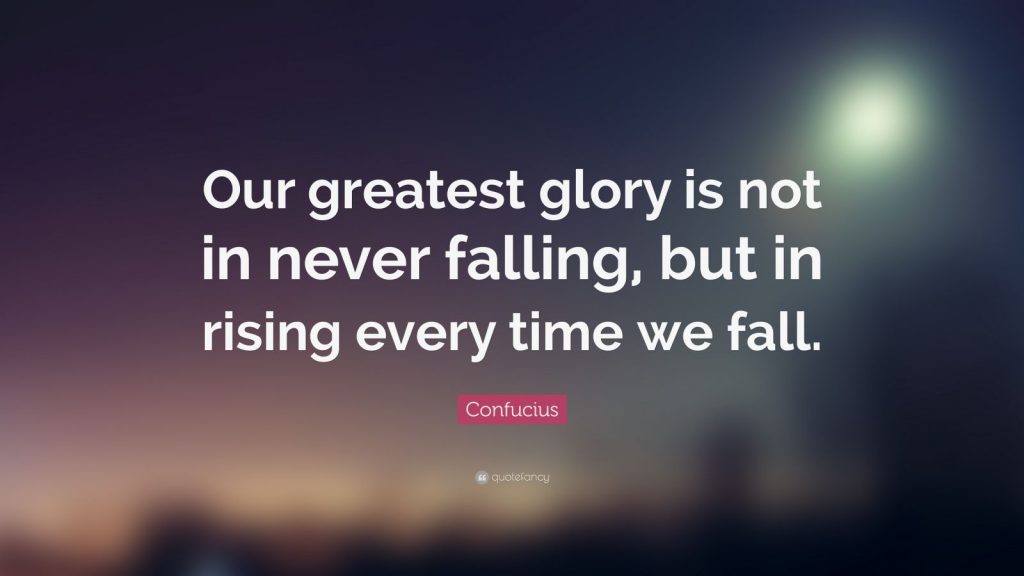We all have had a time when we open a blank document and stare at it for the longest time ever, because we don’t know where to begin. The problem gets worse when it comes to personal statements, as the PS is one of the determining factors for college admission.
“Don’t worry, you got this!” is what we tell our writing students. When in doubt, just start – look at examples, and write everything you have in mind at the time. Starting somewhere and working your way through is so much more efficient than trying so hard to write an attention-grabbing opening.
To better support students through the struggle of writing a perfect personal statement, Ivy Talent is pleased to introduce the best three ways to start a personal statement.
First, let’s start off with “How NOT to start your personal statement”:
1. Begin your essay with a quote from a famous person
There’s a thin line between relevance and unnecessary. Our admission tutors have read hundreds of essays that start with a famous quote, for example:

The quote above is too ambiguous and doesn’t convey a specific idea relevant to the rest of your essay. Unless this quote has some significant impact on your personal development or tells a further story that’s related to this quote, please don’t use it. According to Berkeley City College, “incorporating quotes into your personal statement strengthens your presentation – a poorly selected or randomly applied quote is often a sign of weak writing skills.”
Using a quote in the personal statement can give the impression you are not trying hard enough to think of an impressive opening and decided to use someone else’s words.
2. An opening that admission officers can google online
Plagiarism is a big NO when writing a personal statement. Admission officers have had years of experience reading and evaluating personal statements; therefore, they can tell if your opening is similar to essays that they’ve read in the past, which can give off a wrong impression and impact how they would interpret the rest of the essay.
There are different systems (Turnitin, UCAS) that detect similarity in personal statements. Before submitting your personal statement, please make sure that your essay is original and free of plagiarism.
3. An ambiguous opening that doesn’t convey the whole idea of the personal statement
Example: “I always thought having a friend who changed who you are and how you live only existed in books. Yet, I have met X. X forcibly dragged me into the wonderful yet terrible world outside of my little bubble, gave me courage and strength to continue exploring that world. Although we have become friends for one year, he has influenced me as much, if not more than my family.”
A personal statement should focus on you and discuss your challenges. In this opening, the writer mentioned her best friend, who has changed her for the better. However, this opening gives off a sign that the whole essay will surround X and how influential X has been in the writer’s life, but not the writer’s own personal development.
And now, let’s continue with “How to start your personal statement”:
1. A brief introduction to the event/turning point that has had a significant impact on you
Example:
“Cancer tried to defeat me, and it failed.”
“I change my name each time I place an order at Starbucks.”
“It was finally my turn for Show-and-Tell.
I patted my pocket, checking on my prized possession. Looking to the crowd, I counted thirteen preschoolers and one teacher—full attendance, as I had hoped; everyone needed to see this.
Eagerly, I rushed to the front and removed my friend from the ziplock bag in my pocket.
“Hi everyone, this is my new bir-,” I managed to say before all hell broke loose.
“RYAN, YOU CANNOT BRING DEAD ANIMALS TO SCHOOL!””
Why it works: First impression matters. The writer introduced and gave hints about what he/she planned to write in the essay, but doesn’t give too much context to the reader. By starting your essay with an attention-grabbing sentence like those examples above, you indirectly draw the reader in with curiosity and make them want to read more. This opener works because it’s about you and an important event, which will be discussed further in the essay.
More examples can be found in the link to give you more inspiration for what works.
2. Using an imagery introduction that invites readers to close their eyes and visualize
Example: “Every Saturday morning, I’d awaken to the smell of crushed garlic and piquant pepper. I would stumble into the kitchen to find my grandma squatting over a large silver bowl, mixing fat lips of fresh cabbages with garlic, salt, and red pepper.”
Why it works: Instead of drawing the reader’s attention with a surprising statement, the writer introduces to the reader an image-based description. With this method, the reader can visualize the situation, and what the character in the essay is doing, then he/she is curious to read more about how the story will develop. An image-based description is another great way to open a personal statement that provides information about a particular moment but doesn’t give too much away at the beginning.
3. Simplicity is sometimes better
Example: “I flipped through my photo album called “50 Pounds” that has pictures from the day I was born, the first day of primary school, and first play performance. Instead of nostalgia, I felt incredulous at how my body has visibly transformed through the years. It started when I weighed 79 pounds at 6 years old.”
Why it works: This opening works perfectly for this personal statement because the writer goes straight to the point: He briefly introduced his personal development throughout the year of his weight loss journey. After reading this opener, the reader has a general idea of the essay, and is intrigued to learn more about his growth.
Author: Leila
Date: March 15th, 2021
